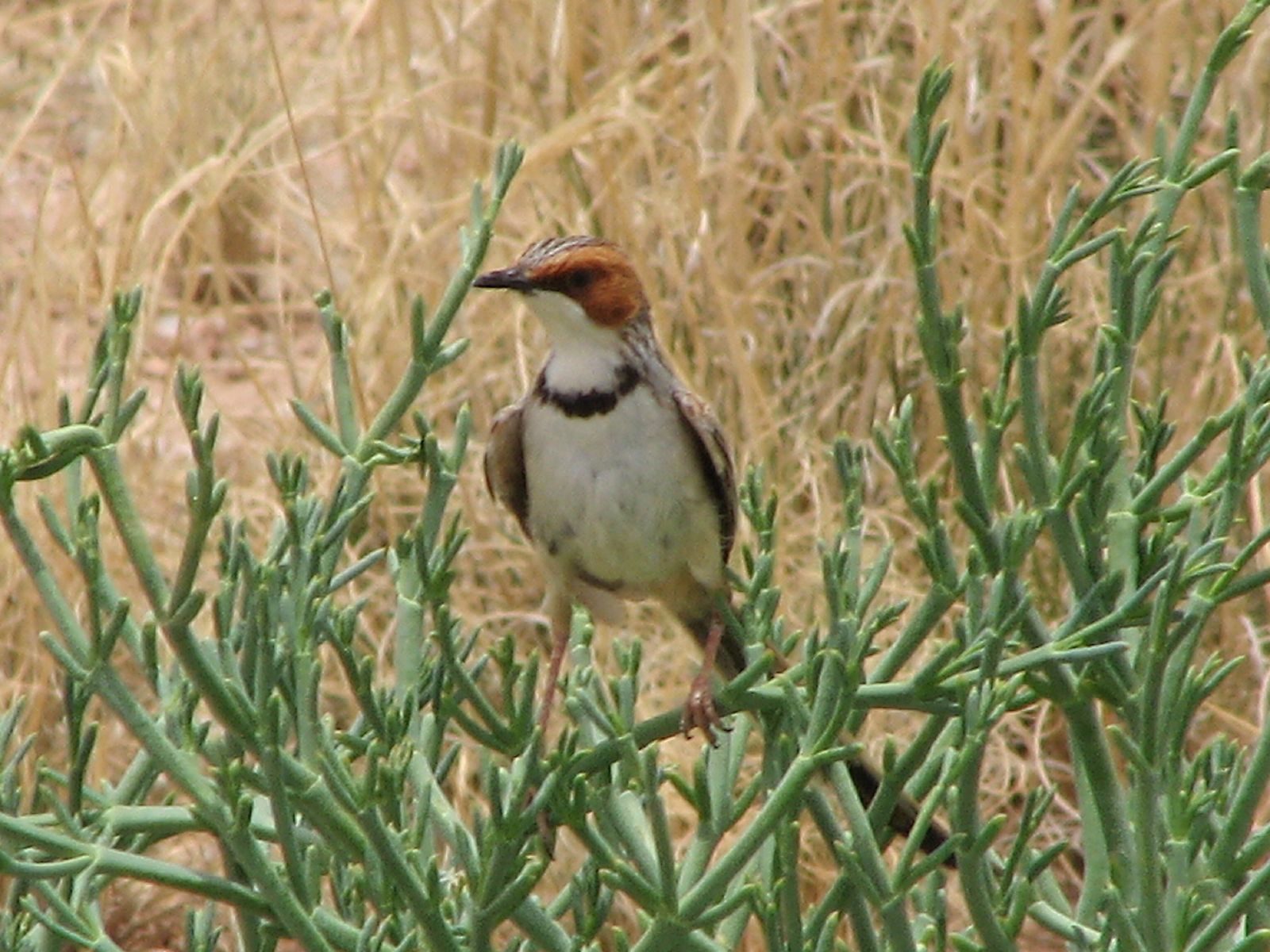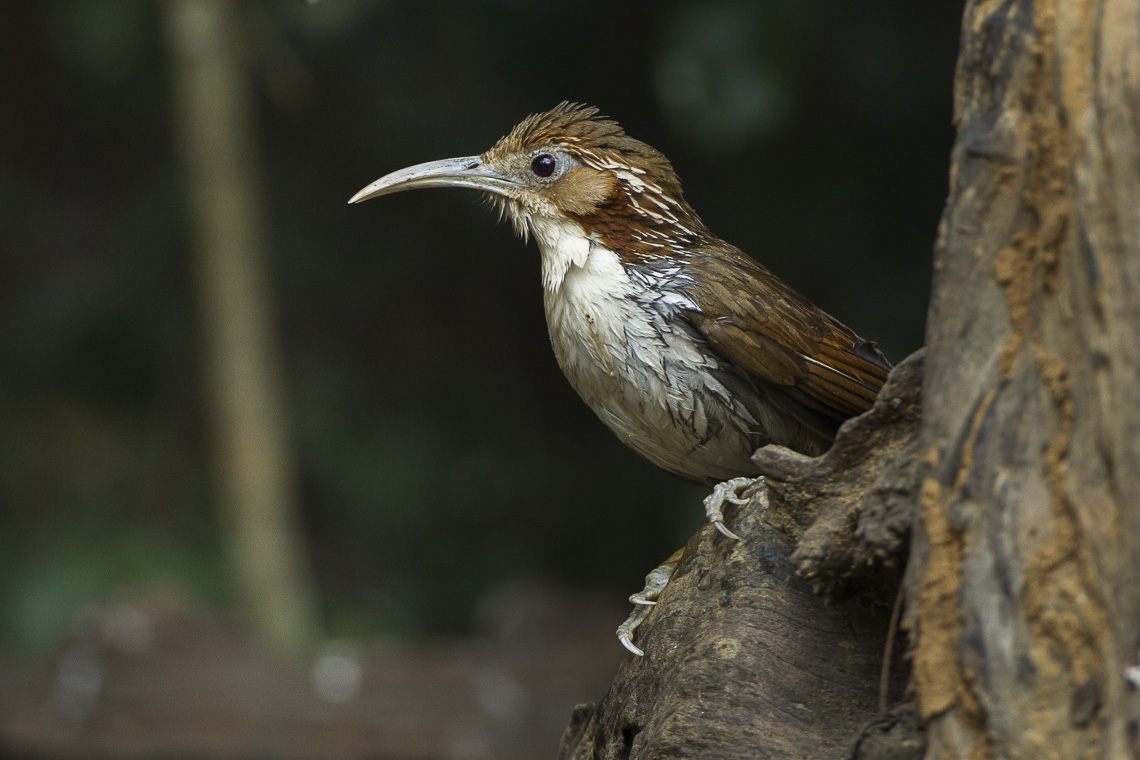|
Neomixis
''Neomixis'' is a genus of small forest birds that are endemic to Madagascar. The genus was introduced by the English zoologist Richard Bowdler Sharpe in 1881. The type species is the stripe-throated jery (''Neomixis striatigula''). The genus was formerly placed in the Old World babbler family but is now considered to belong to the family Cisticolidae. Species The genus includes three species: Another species the wedge-tailed jery (''Hartertula flavoviridis'') was until recently placed in this genus but biochemical studies suggest its true relationships lie elsewhere. References *Cibois, Alice; Slikas, Beth; Schulenberg, Thomas S. & Pasquet, Eric (2001): An endemic radiation of Malagasy songbirds is revealed by mitochondrial DNA sequence data. ''Evolution (journal), Evolution'' 55(6): 1198–1206. Digital Object Identifier, DOI:10.1554/0014-3820(2001)055[1198:AEROMS]2.0.CO;2 [...More Info...] [...Related Items...] OR: [Wikipedia] [Google] [Baidu] |
Stripe-throated Jery (Neomixis Striatigula)
The stripe-throated jery (''Neomixis striatigula'') is a species of bird in the family Cisticolidae. It is endemic to Madagascar. Its natural habitats are subtropical or tropical dry forest and subtropical or tropical moist lowland forest Tropical and subtropical moist broadleaf forests (TSMF), also known as tropical moist forest, is a subtropical and tropical forest habitat type defined by the World Wide Fund for Nature (WWF). Description TSMF is generally found in large .... References stripe-throated jery stripe-throated jery Taxonomy articles created by Polbot {{Cisticolidae-stub ... [...More Info...] [...Related Items...] OR: [Wikipedia] [Google] [Baidu] |
Hartertula Flavoviridis
The wedge-tailed jery (''Hartertula flavoviridis'') is a small bird endemic to the east of Madagascar. The species has been the cause of some taxonomic confusion, it was originally placed with the jeries in the genus ''Neomixis'' (Cisticolidae) before being placed in its own monotypic genus ''Hartertula'', but still considered close to ''Neomixis''. Recent research indicates it is part of an endemic Malagasy radiation currently known as the Malagasy warblers (Cibois ''et al.'' 2001). Description The wedge-tailed jery is a small, slender warbler-like bird between 12–13 cm long and weighing around 10 g. The plumage is bright yellow before and olive on the crown, wing and back. The eye has a pale white ring and is crossed with a pale supercilium. There is no sexual dimorphism in the plumage of adults, and juvenile birds have similar plumage as well. Ecology and behaviour The call, sung repetitively during foraging, is a nasal ''tsee zeezeezeezeezeezee''. In the rainforest th ... [...More Info...] [...Related Items...] OR: [Wikipedia] [Google] [Baidu] |
Green Jery
The green jery (''Neomixis viridis'') is a species of bird in the family Cisticolidae. It is endemic to Madagascar. Its natural habitat is subtropical or tropical moist lowland forest Tropical and subtropical moist broadleaf forests (TSMF), also known as tropical moist forest, is a subtropical and tropical forest habitat type defined by the World Wide Fund for Nature (WWF). Description TSMF is generally found in large .... References green jery green jery Taxonomy articles created by Polbot Fauna of the Madagascar subhumid forests {{Cisticolidae-stub ... [...More Info...] [...Related Items...] OR: [Wikipedia] [Google] [Baidu] |
Common Jery
The common jery (''Neomixis tenella'') is a species of bird in the family Cisticolidae. It is endemic to Madagascar. Its natural habitats are subtropical or tropical dry forest and subtropical or tropical moist lowland forest. It was first described in 1866 by Gustav Hartlaub Karel Johan Gustav Hartlaub (8 November 1814 – 29 November 1900) was a German physician and ornithologist. Hartlaub was born in Bremen, and studied at Bonn and Berlin before graduating in medicine at Göttingen. In 1840, he began to study and .... References common jery common jery Taxonomy articles created by Polbot {{Cisticolidae-stub ... [...More Info...] [...Related Items...] OR: [Wikipedia] [Google] [Baidu] |
Cisticolidae
The family Cisticolidae is a group of about 160 warblers, small passerine birds found mainly in warmer southern regions of the Old World. They were formerly included within the Old World warbler family Sylviidae. This family probably originated in Africa, which has the majority of species, but there are representatives of the family across tropical Asia into Australasia, and one species, the zitting cisticola, breeds in Europe. These are generally very small birds of drab brown or grey appearance found in open country such as grassland or scrub. They are often difficult to see and many species are similar in appearance, so the song is often the best identification guide. These are insectivorous birds which nest low in vegetation. Taxonomy The family was introduced (as Cisticolinae) by the Swedish zoologist Carl Jakob Sundevall in 1872. Many taxonomists place the red-winged prinia and the red-fronted prinia in the genus ''Prinia'' rather than in their own monotypic genera. Suppo ... [...More Info...] [...Related Items...] OR: [Wikipedia] [Google] [Baidu] |
Old World Babbler
The Old World babblers or Timaliidae, are a family (biology), family of mostly Old World passerine birds. They are rather diverse in size and coloration, but are characterised by soft, fluffy plumage. These are birds of tropical areas, with the greatest variety in Southeast Asia and the Indian subcontinent. The timaliids are one of two unrelated groups of birds known as babblers, the other being the Australasian babblers of the family Pomatostomidae (also known as pseudo-babblers). This family takes its name from the Genus (biology) , genus Timalia: this generic name was coined by the French zoologist Georges Cuvier in 1821. Although Cuvier did not explain its etymology, it is thought to be based on a Latinized form of an Asian vernacular name (probably Hindu or Indo-Malaysian languages) for these birds, as many species in this family are native to South and Southeast Asia. morphology (biology), Morphological diversity is rather high; most species resemble "warblers", jay (bird ... [...More Info...] [...Related Items...] OR: [Wikipedia] [Google] [Baidu] |
Richard Bowdler Sharpe
Richard Bowdler Sharpe (22 November 1847 – 25 December 1909) was an English people, English zoologist and ornithology, ornithologist who worked as curator of the bird collection at the British Museum of natural history. In the course of his career he published several monographs on bird groups and produced a multi-volume catalogue of the specimens in the collection of the museum. He described many new species of bird and also has had species named in his honour by other ornithologists including Sharpe's longclaw (''Macronyx sharpei'') and Sharpe's starling (''Pholia sharpii''). Biography Richard was born in London, the first son of Thomas Bowdler Sharpe. His grandfather, Reverend Lancelot Sharpe was Rector of All Hallows Staining. His father was a publisher on Skinner Street and was best known for being the publisher of ''Sharpe's London Magazine'', an illustrated periodical (weekly but monthly from 1847). His care from the age of six was under an aunt, Magdalen Wallace, widow ... [...More Info...] [...Related Items...] OR: [Wikipedia] [Google] [Baidu] |


